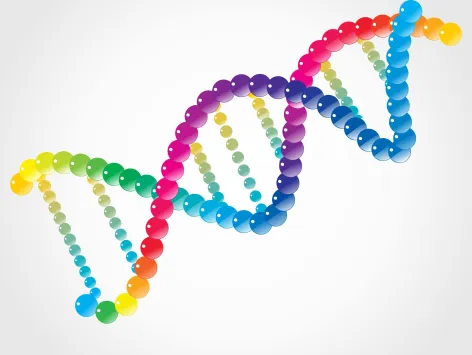
Asexual reproduction refers to the process of reproduction without the involvement of sex or sexual hormones. It is a form that has been observed in a number of different species, including some plants and invertebrates. It is also an important tool for studying how evolution works.
It can produce more offspring in a shorter amount of time than sexual counterpart. This is because there is no need for fertilization or the production of haploid gametes.
There are some disadvantages to asexual reproduction as well.
It is a type of where offspring are produced by a single parent, without the involvement of another individual. This can happen through a variety of methods, including binary fission, budding, and spore formation. It is common in bacteria and some plants and can be an advantageous strategy for organisms that reproduce quickly or in harsh environments. While it does not create genetic variation among offspring, it can lead to the evolution of new species if it results in the accumulation of different mutations in different lineages.
Asexual reproduction is a process where offspring are produced without the fusion of gametes. This can happen through mitosis, where a single cell divides to create two genetically identical daughter cells, or parthenogenesis, where an unfertilized egg develops into a new organism. It is common in single-celled organisms but can also occur in multicellular species. The lack of genetic variation among the offspring can be a disadvantage, however, because it can lead to the development of diseases that are resistant to treatment.
In conclusion, asexual reproduction is a viable means of propagation for organisms that can’t or don’t want to engage in sexual reproduction. It does have its benefits, including producing genetically identical offspring and bypassing the need for mate selection. There are many different types of reproduction, and each has its own strengths and weaknesses. Ultimately, the type of reproduction used depends on the needs of the individual organism.




